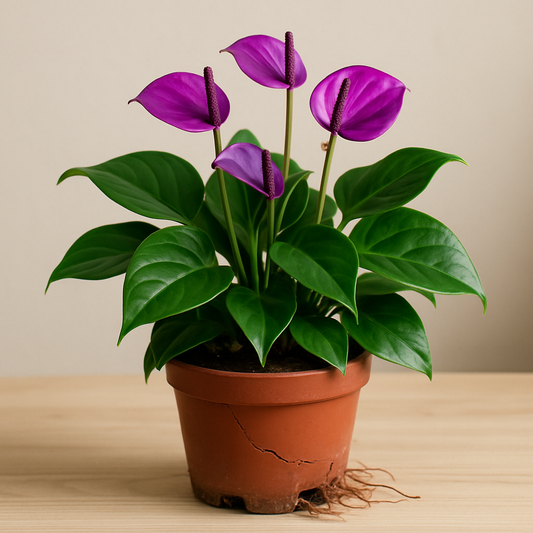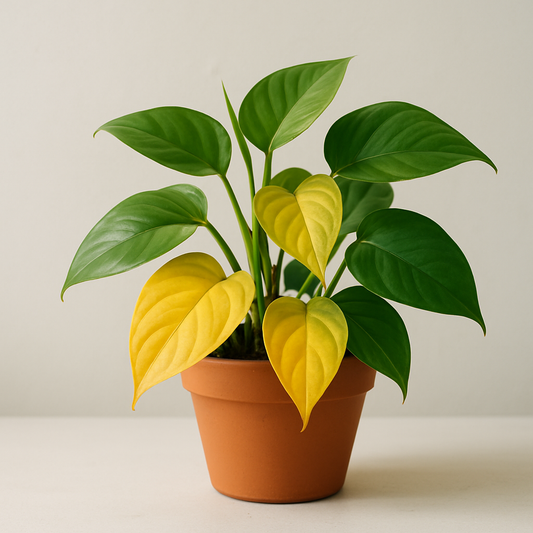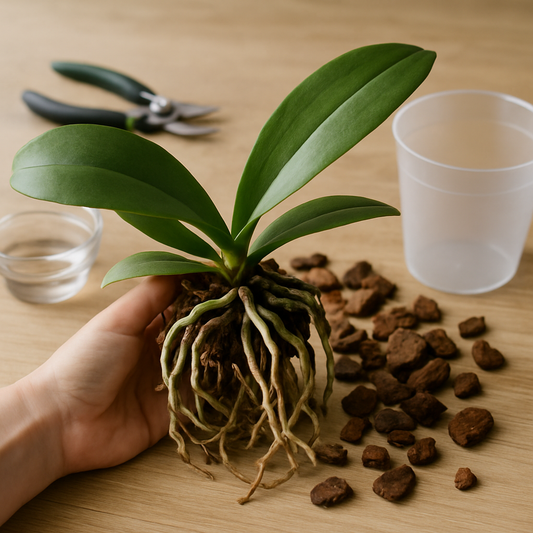Are you enchanted by the lush, vibrant foliage of the Calathea 'Peacock'? You’re not alone. With its strikingly colorful patterns, this houseplant is equally adored by both plant enthusiasts and beginners. But as beautiful as it is, your Peacock Plant requires specific care to thrive. Whether you’ve just purchased this stunning plant or are considering adding it to your collection, this comprehensive guide will walk you through every aspect of Calathea care, ensuring your plant remains happy and healthy.
Watering Your Calathea 'Peacock'
Calathea 'Peacock' is a moisture-loving plant that prefers consistent watering. Aim to water the plant every 5-7 days, ensuring the top 1 inch of soil dries out between waterings to prevent root rot. Use room-temperature water to avoid shocking the plant, as Calatheas are sensitive to temperature changes. If possible, use distilled or rainwater, as tap water can contain chemicals harmful to the plant.
Optimal Soil for Peacock Plant
The key to a thriving Peacock Plant is well-draining soil. A potting mix containing peat, perlite, and pine bark offers the ideal balance of drainage and moisture retention. Ensure your pot has drainage holes to avoid waterlogging. Consider a potting mix ratio of 50% peat, 20% perlite, and 30% pine bark for best results.
Light Requirements
Calathea 'Peacock' thrives in medium to bright indirect light. Direct sunlight can scorch its leaves, causing the vibrant colors to fade. Position your plant near an east or north-facing window. If using a south or west-facing window, diffuse the light with sheer curtains to protect its delicate foliage.
Temperature and Humidity
This plant flourishes best in temperatures ranging from 65°F to 80°F (18°C to 27°C). Avoid cold drafts or sudden temperature changes, which can harm the plant. Humidity is crucial for Calathea 'Peacock'—aim for 50% or more. Consider using a humidifier or placing a tray of water near the plant to boost humidity levels.
Feeding and Fertilizing
During the growing season (spring and summer), feed your Calathea every 4 weeks with a diluted liquid fertilizer at half strength. Avoid over-fertilizing as it can lead to brown leaf tips. In fall and winter, reduce feeding as the plant's growth slows down.
Pruning and Maintenance
Regularly check for and remove any yellowing or dead leaves to encourage healthy growth and prevent disease. Use clean, sharp scissors to prune, cutting close to the base. Wipe the leaves with a damp cloth occasionally to keep them dust-free and enhance photosynthesis.
Common Issues and Solutions
Pale or curling leaves often signify underwatering or low humidity. Increase watering frequency and humidity to alleviate this. Brown leaf edges are usually caused by low humidity or excessive fertilization. Test the soil moisture and adjust your care routine accordingly.
Common Pests
Spider mites and mealybugs can occasionally affect Calathea plants. Combat these pests by regularly misting the plant and inspecting under the leaves. If pests are detected, treat them with insecticidal soap or neem oil spray.
Propagation Tips
While Calathea 'Peacock' is not typically propagated through cuttings, you can divide the plant during repotting in spring. Gently separate the root ball, ensuring each section has roots and a few healthy leaves. Replant these divisions in a suitable potting mix and water them thoroughly.
Overwintering
Maintain even warmth and high humidity through the winter. Reduce watering frequency slightly and avoid fertilizing until spring to keep your plant comfortable during its dormant period.
Transitioning Between Indoor and Outdoor
If moving your Calathea outdoors in warmer months, acclimate it gradually by placing it in a shaded area and increasing sun exposure over a few weeks. When bringing it back indoors, reverse this process to prevent stress.
Indoor Care vs. Outdoor Care
Indoors, ensure sufficient humidity and filtered light. Outdoors, place in a shaded locale protected from direct sunlight but where the air circulates freely to prevent fungal issues.
How to Grow From Seed
Growing Calathea from seed is rare, as it typically propagates through division. However, if you have seeds, place them in moist soil and warm conditions. Be patient, as germination may be slow, taking up to several weeks.
Special Care Tips
Rotate your Calathea occasionally to ensure even growth, as they naturally grow towards the light. Keep an eye on leaf patterns; their vibrancy indicates a happy plant. Avoid direct misting of leaves to prevent spotting.
Design Ideas
The dramatic foliage of the Calathea 'Peacock' can elevate any space. Pair it with complementary plants such as ferns and pothos for a tropical aesthetic. Consider placing your plant on a decorative plant stand to showcase its beautiful patterns. The Calathea also serves as a fantastic centerpiece on coffee tables or sideboards, adding a splash of color to any room.
Ready to add this stunning plant to your home? Learn more about the Calathea 'Peacock' and bring its charm to your space today!




